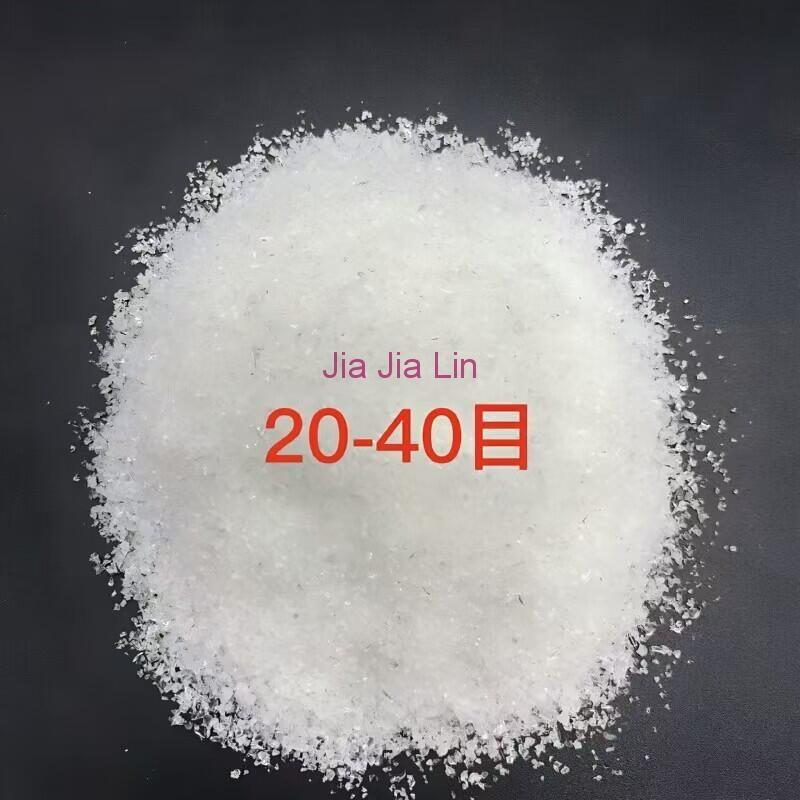-
Categories
-
Pharmaceutical Intermediates
-
Active Pharmaceutical Ingredients
-
Food Additives
- Industrial Coatings
- Agrochemicals
- Dyes and Pigments
- Surfactant
- Flavors and Fragrances
- Chemical Reagents
- Catalyst and Auxiliary
- Natural Products
- Inorganic Chemistry
-
Organic Chemistry
-
Biochemical Engineering
- Analytical Chemistry
-
Cosmetic Ingredient
- Water Treatment Chemical
-
Pharmaceutical Intermediates
Promotion
ECHEMI Mall
Wholesale
Weekly Price
Exhibition
News
-
Trade Service
Flumetralin is a synthetic compound used in various industrial and agricultural applications.
It is commonly used as a catalyst in the production of polyethylene terephthalate (PET), a widely used plastic in the packaging industry.
The synthetic routes of Flumetralin have undergone various changes and improvements over the years to optimize the production process and to reduce costs.
This article will discuss the synthetic routes of Flumetralin, including the traditional route and the more recent improvements.
Traditional Synthesis Route
The traditional synthesis route for Flumetralin involves several steps, starting with the production of 2,2-dimethyl-1,3-propanediol.
This compound is then converted to 2-(2,2-dimethyl-1,3-oxobutylidene)malonic acid (DMB) via a series of chemical reactions.
The DMB is then reacted with formaldehyde to produce Flumetralin.
This process is known as the conventional or traditional synthesis route.
Improved Synthesis Routes
In recent years, several improved synthesis routes for Flumetralin have been developed to increase efficiency and reduce costs.
These routes involve the use of different starting materials and different reaction conditions to produce Flumetralin.
Some of the improved synthesis routes include:
- The direct synthesis route: In this route, Flumetralin is synthesized directly from 2,2-dimethyl-1,3-propanediol without the need for intermediates such as DMB.
This route involves the reaction of 2,2-dimethyl-1,3-propanediol with formaldehyde in the presence of a catalyst, such as sodium hydroxide, to produce Flumetralin. - The one-pot synthesis route: This route involves the simultaneous synthesis of Flumetralin and another compound called diethyl terephthalate (DET) in a single pot.
The reaction involves the condensation of 2,2-dimethyl-1,3-propanediol with formaldehyde in the presence of a catalyst, such as sodium hydroxide, and a solvent, such as methanol.
The resulting product is then separated into two streams, one containing Flumetralin and the other containing DET. - The enzymatic synthesis route: This route involves the use of enzymes instead of traditional chemical reactions to synthesize Flumetralin.
The enzymes used in this process are typically derived from bacteria or yeast and are capable of converting 2,2-dimethyl-1,3-propanediol to Flumetralin.
This process is considered to be more environmentally friendly as it involves the use of biological processes rather than chemical reactions.
Advantages of Improved Synthesis Routes
The improved synthesis routes for Flumetralin offer several advantages over the traditional route.
These advantages include:
- Increased efficiency: The improved routes typically involve fewer steps and less time compared to the traditional route, resulting in increased efficiency and lower production costs.
- Reduced waste: The improved routes often involve the use of less hazardous chemicals and solvents, resulting in reduced waste and environmental impact.
- Increased product purity: The improved routes often result in a higher purity of the final product, which can lead to improved performance and reduced impurities in the final product.
Conclusion
Flumetralin is a widely used compound in various industrial and agricultural applications.
The synthetic routes of Flumetralin have undergone various changes and improvements over the years to optimize the production process and to reduce costs.
The improved synthesis routes offer several advantages over the traditional route, including increased efficiency, reduced waste, and increased product purity.
As the demand for Flumetralin continues to grow, it is expected that







